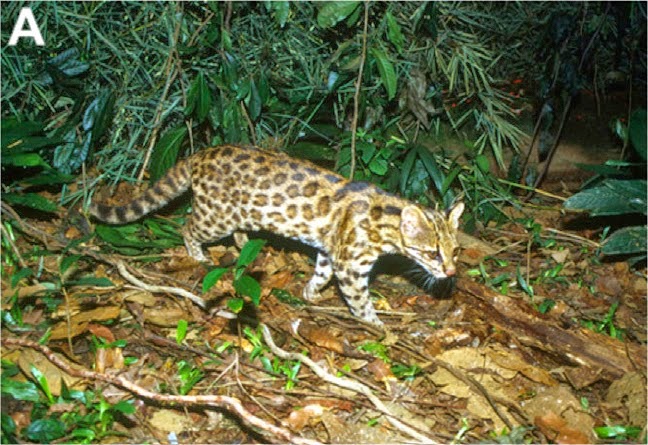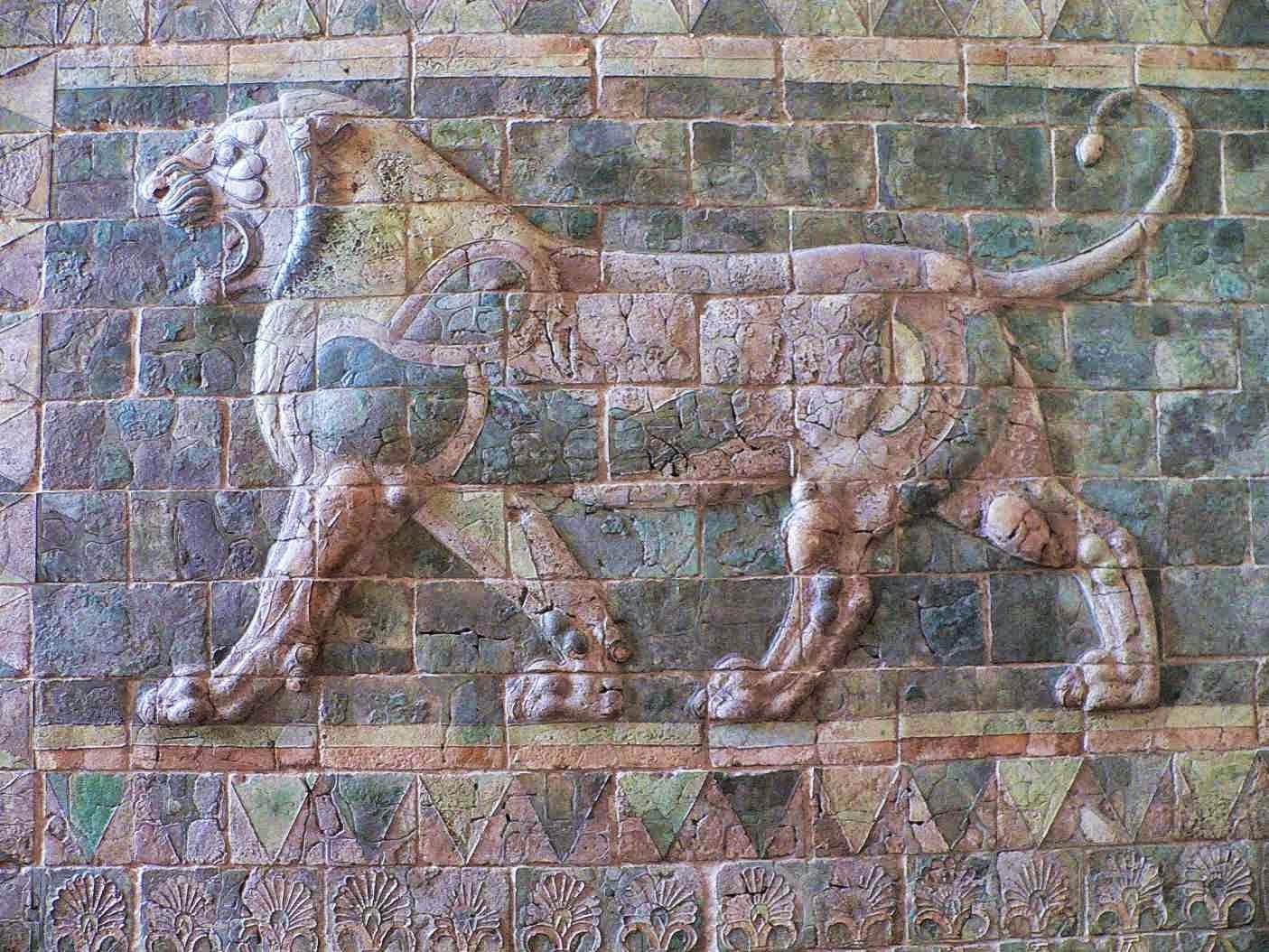The Pantherine Felids, or Big Cats, are one of the most conspicuous
and charismatic Mammal groups alive today, comprising the Leopards, Lions,
Tigers, and Jagaurs. The group are top predators in many ecosystems today, but
have a relatively short fossil record, with the earliest known fossils from the
group dating from the Pliocene of Africa, about 3.8 million years ago. While
the earliest known Pantherines to date have come from Africa, phylogenetic
analysis of the group suggests that it originated in Asia, with the African
members of the group being closely related and of fairly recent origin.
In a paper published in the Proceedings of the Royal Society: SeriesB Biological Sciences on 13 November 2013, a group of scientists led by Jack
Tseng of the Department of Biological Sciences at the University of SouthernCalifornia, the Department of Vertebrate Paleontology at the Natural HistoryMuseum of Los Angeles County and the Division of Paleontology at the American Museumof Natural History, describe a new species of Pantherine Felid from the Zanda
Basin of Tibet.
The new species is named Panthera blytheae,
in honour of the daughter of Paul and Heather Haaga (presumably Blythe Haaga,
though this is not actually stated), for their ‘avid support’ of the Natural
History Museum of Los Angeles County. The species is described from a diagenetically
compressed skull, which has been reconstructed using high-resolution X-ray
computer tomography.
Cranium of Pantherablytheae
(a) Three-dimensional reconstruction of cranium, dorsal view. (b) Cranium
dorsal view. (c) Three-dimensional reconstruction of cranium, left lateral view.
(d ) Cranium left lateral view. (e) Three-dimensional reconstruction of cranium,
ventral view. (f ) Cranium ventral view. f.s.,frontal sinus; mx., maxilla;
pmx., premaxilla; n., nasal; i.f., infraorbital foramen; j., jugal; sq.,
squamosal; C, upper canine; P3, upper third premolar; P4, upper fourthpremolar
(carnassial), P2.a, alveolus of upper second premolar. Tseng et al. (2013).
The specimen from which the species is described is thought to be
approximately 4.42 million years old (Pliocene), but a number of other
fragmentary fossils (mostly teeth and fragments of jaw) are referred to the
species, which date from between 5.95 and 4.10 million years ago (Late Miocene
to Early Pliocene), extending the chronologic range of Panthera blytheae back about 2 million years earlier than any
previously described Pantherine species.
Stratigraphicranges of previously known fossil record
of Pantherinae (Panthera & Neofelis), compared with the age of Panthera blytheae and previous divergence
time estimatebased on molecular data and nodal calibration points. Tseng et al. (2013).
Phylogentically Panthera blytheae
is calculated to be nested within a group of Asian Pantherines, closely related
to the modern Snow Leopard, Panther auncia.
Tseng et al. suggest that taken along
with other fossils from the Zanda Basin, such as Horses, Foxes and Sheep, Panthera blytheae serves to support a
model in which an ecosystem similar to that found in parts of the Himalayas
today was starting to form in what was then a rapidly uplifting area in a young
mountain range. They further suggest that the subsequent spread and success of the
Big Cats was connected to the cooling climate of the Plio-Pleistocene, which
served to spread similar conditions across much of the Northern Hemisphere,
facilitating the spread of species pre-adapted to such environments.
See also…
Leopard Cats of the genus Leopardusare small Felids found in Central and South America.
There are at least seven species, all thought to be descended from a single
population that migrated from North America during the Great American Biotic
Interchange that...
Stories of Big Cats sighted, or sometimes killed or captured in the
British countryside have been popular in the national press for a long
time, and modern folklore often postulates the existence of a permanent
population of such animals within the UK. Since the implementation of
the 1976 Dangerous Wild Animals Act a number of large Felids have been
captured...
Lions (Panthera leo) are large, charismatic predators
currently found in Africa and India, with a fossil record that includes
areas of northern Eurasia and North America. Lions outside their current
range persisted in North Africa (Barbary Lions) and the Middle East...
Follow Sciency Thoughts on Facebook.





